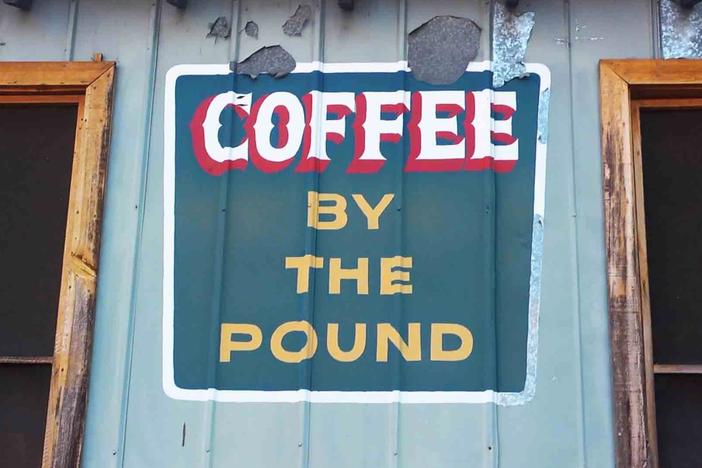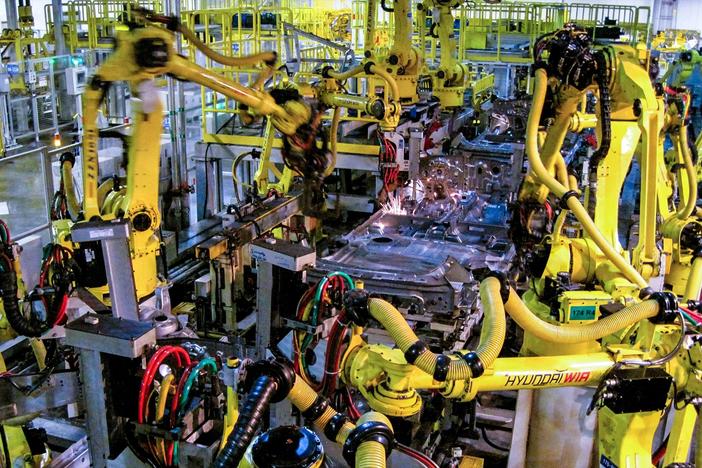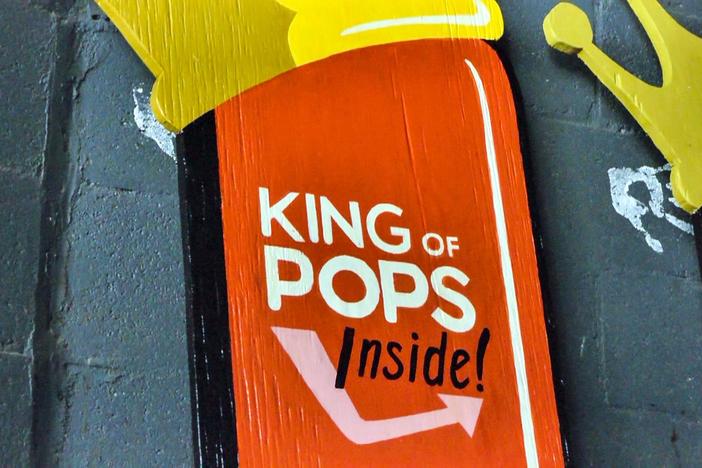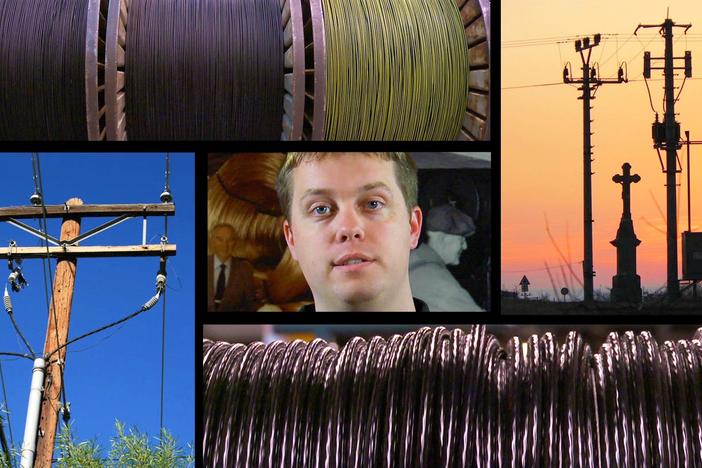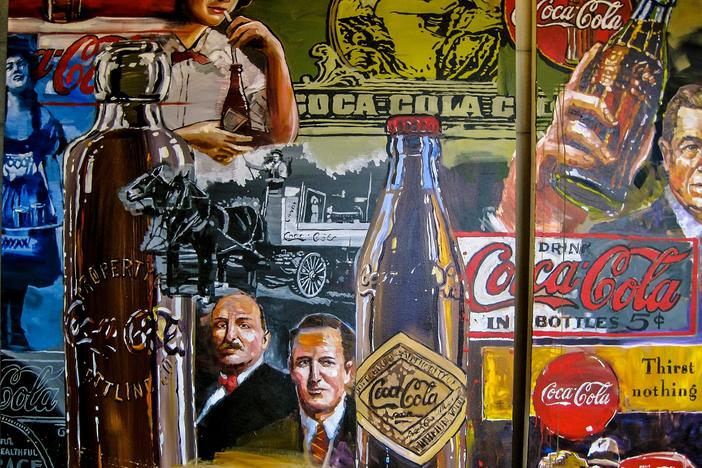Jittery Joe’s
Jittery Joe's is a rapidly growing coffee chain based in Athens, and we get to explore their world via the fast-growing field of food science. We interview Roaster Master Charlie Mustard and learn the intricacies of what goes into making a great cup of “joe." It turns out there’s a lot of math and science behind it. So Teachable Moments focus on where coffee is grown, how huge this industry really is, and exactly how caffeine affects the body.
Jittery Joe’s
Jittery Joe's is a rapidly growing coffee chain based in Athens, and we get to explore their world via the fast-growing field of food science. We interview Roaster Master Charlie Mustard and learn the intricacies of what goes into making a great cup of “joe." It turns out there’s a lot of math and science behind it. So Teachable Moments focus on where coffee is grown, how huge this industry really is, and exactly how caffeine affects the body.
Science
Construct an argument that systems of the body (Cardiovascular, Excretory, Digestive, Respiratory, Muscular, Nervous, and Immune) interact with one another to carry out life processes.
Social Studies
Describe the interdependence of consumers and producers.
Describe how goods and services are allocated by price in the marketplace.
Explain that some goods are made locally, some elsewhere in the country, and some in other countries.
Describe how trade promotes economic activity (e.g., trade between the U.S. and Europe).
Describe how competition, markets, and prices influence consumer behavior.
Describe how people earn income by selling their labor to businesses.
Describe how entrepreneurs take risks to develop new goods and services to start a business.
Explain how the location, climate, and distribution of natural resources impact trade and affect where people live in Mexico, Brazil, and Cuba.
Compare traditional, command, market, and mixed economic systems with regard to private ownership, profit motive, consumer sovereignty, competition, and government regulation.
Analyze how each type of system answers the three economic questions and meets the broad social and economic goals of freedom, security, equity, growth, efficiency, price stability, full employment, and sustainability.
Compare and contrast strategies for allocating scarce resources, such as by price, majority rule, contests, force, sharing, lottery, authority, first-come-first-served, and personal characteristics.
Illustrate a circular flow diagram that includes the product market, the resource (factor) market, households, and firms.
Explain the real flow of goods, services, resources, and money between and among households and firms.
Define the law of supply and the law of demand.
Distinguish between supply and quantity supplied, and demand and quantity demanded.
Describe the role of buyers and sellers in determining market clearing price (i.e. equilibrium).
Illustrate on a graph how supply and demand determine equilibrium price and quantity.
Identify the determinants (shifters) of supply (e.g., changes in costs of productive resources, government regulations, number of sellers, producer expectations, technology, and education) and illustrate the effects on a supply and demand graph.
Identify the determinants (shifters) of demand (e.g., changes in related goods, income, consumer expectations, preferences/tastes, and number of consumers) and illustrate the effects on a supply and demand graph.
Explain and illustrate on a graph how prices set too high (e.g., price floors) create surpluses, and prices set too low (e.g., price ceilings) create shortages.
Identify skills that are required to be successful in the workplace, including positive work ethics, punctuality, time management, teamwork, communication skills, and good character.
Explore job and career options and explain the significance of investment in education, training, and skill development as it relates to future earnings.
Analyze the impact of trade across international borders and its impact on government relationships among countries (e.g., legal trade: NAFTA, EU, and OPEC; illegal trade: human trafficking, drug trade, and counterfeiting/black market goods).
1. Why is coffee so addictive? How does caffeine affect your brain?
2. Coffee beans are one of the most traded commodities in the world. Research Georgia's most popular commodity and describe its economic impact on the state.
French Press: a specific device used for brewing coffee without electricity
Tropic: either one of the two imaginary lines that circle the Earth to the north and south of the equator
Caffeine: a substance that is found especially in coffee and tea and that makes you feel more awake
Adrenaline: a substance that is released in the body of a person who is feeling a strong emotion (such as excitement, fear, or anger) and that causes the heart to beat faster and gives the person more energy
Dopamine: an important chemical in the body used when the brain sends signals to the muscles in the body to make them move
Barista: someone who makes and serves coffee and coffee drinks (such as cappuccino) to customers
-
Special Thanks
Bob Googe, Deborah Googe, Charlie Mustard, City of Athens
This content was developed under a grant from the U.S. Department of Education. However, this content does not necessarily represent the policy of the U.S. Department of Education, and you should not assume endorsement by the Federal Government.













